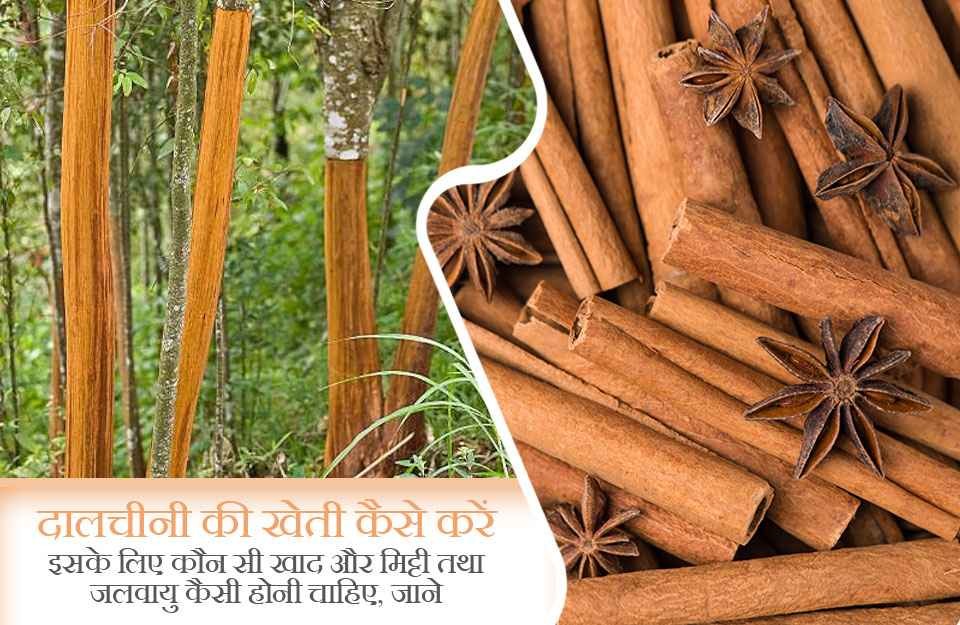
Cinnamon, a spice with a unique significance, is indispensable in our kitchens today. It has carved out a special place in every dish, whether vegetarian or non-vegetarian. The flavor it imparts is unparalleled, which has led to a substantial increase in its market demand. Cultivating cinnamon can be highly profitable when sold in markets.
Cinnamon is the bark of a tree used both medicinally and as a spice. It is a small evergreen tree, typically reaching a height of 10–12 meters. The scientific name for the cinnamon tree is Cinnamomum zeylanicum Breyn, commonly known as the 'cassia bark' tree in English. These trees are predominantly found in Sri Lanka and southern India.
Cinnamon cultivation requires favorable climatic conditions. It grows well at an altitude of up to 1,000 meters and thrives with an annual rainfall of 200-250 cm. Commercially, cinnamon is cultivated as a rain-fed crop.
Remarkable Benefits of Cinnamon:
Potential Side Effects of Cinnamon: Excessive use of cinnamon in food can lead to respiratory problems. Pregnant women should avoid consuming cinnamon. Overconsumption can adversely affect the kidneys.
Varieties of Cinnamon: The Indian Spice Research Institute has developed two high-quality, high-yielding varieties of cinnamon, namely Navshree and Nityashree. These varieties are cultivated in various regions of India, with an annual production capacity of 56 kg and 54 kg of dry bark per hectare, respectively.
How to Cinnamon Cultivate: Sandy loam soil is ideal for cinnamon cultivation. Weeding should be done twice a year, in June-July and October-November, along with soil loosening around the plants. In the first year, apply 20 grams of nitrogen, 18 grams of phosphorus, and 25 grams of potash. For plants aged ten years or more, apply 200 grams of nitrogen, 180 grams of phosphorus, and 200 grams of potash. Fertilizers should be applied in two equal doses in May-June and September-October. During the summer, mulch with green leaves and apply 25 kg of compost in May-June.
Proper Sowing Method: Cinnamon is grown from seeds, which are first nurtured into seedlings and then transplanted into fields. Raised beds are prepared for sowing to avoid waterlogging.
Read More: Cardamom Cultivation, Techniques and Medicinal Significance
Irrigation for Cinnamon Plants: Cinnamon is a rain-fed crop that requires 180-220 cm of annual rainfall. During summer, irrigate the plants twice a week. The amount of water depends on the soil moisture levels.
Disease and Pest Control:
Harvesting: Harvesting is done when the plants reach 12 to 15 meters in height. The bark is peeled off and collected for sale.
Marketing: Cinnamon can be sold whole or as a powder. Whole cinnamon is in high demand. Farmers can sell their produce in local spice markets, state markets, or through online platforms such as Amazon, Flipkart, and IndiaMART.